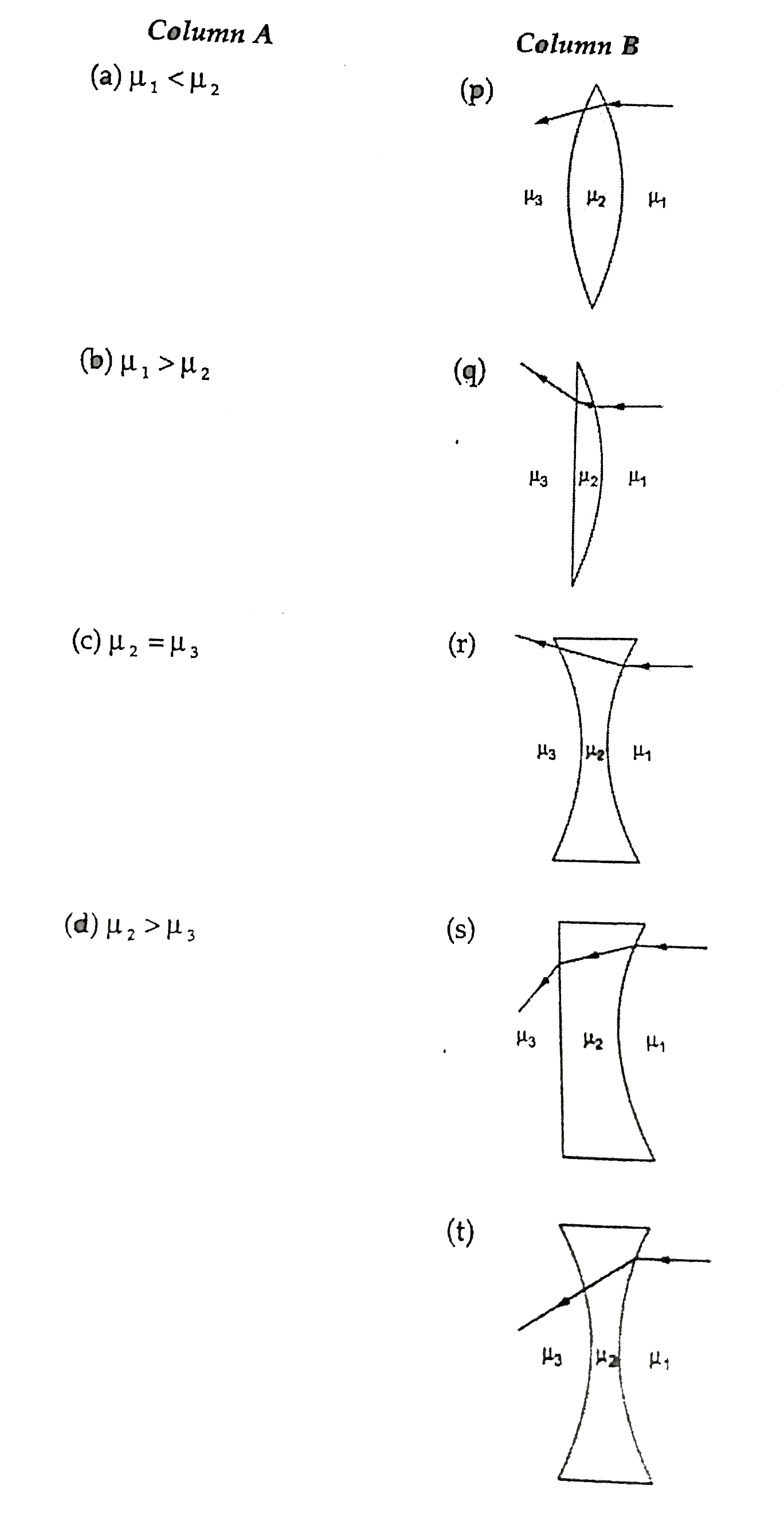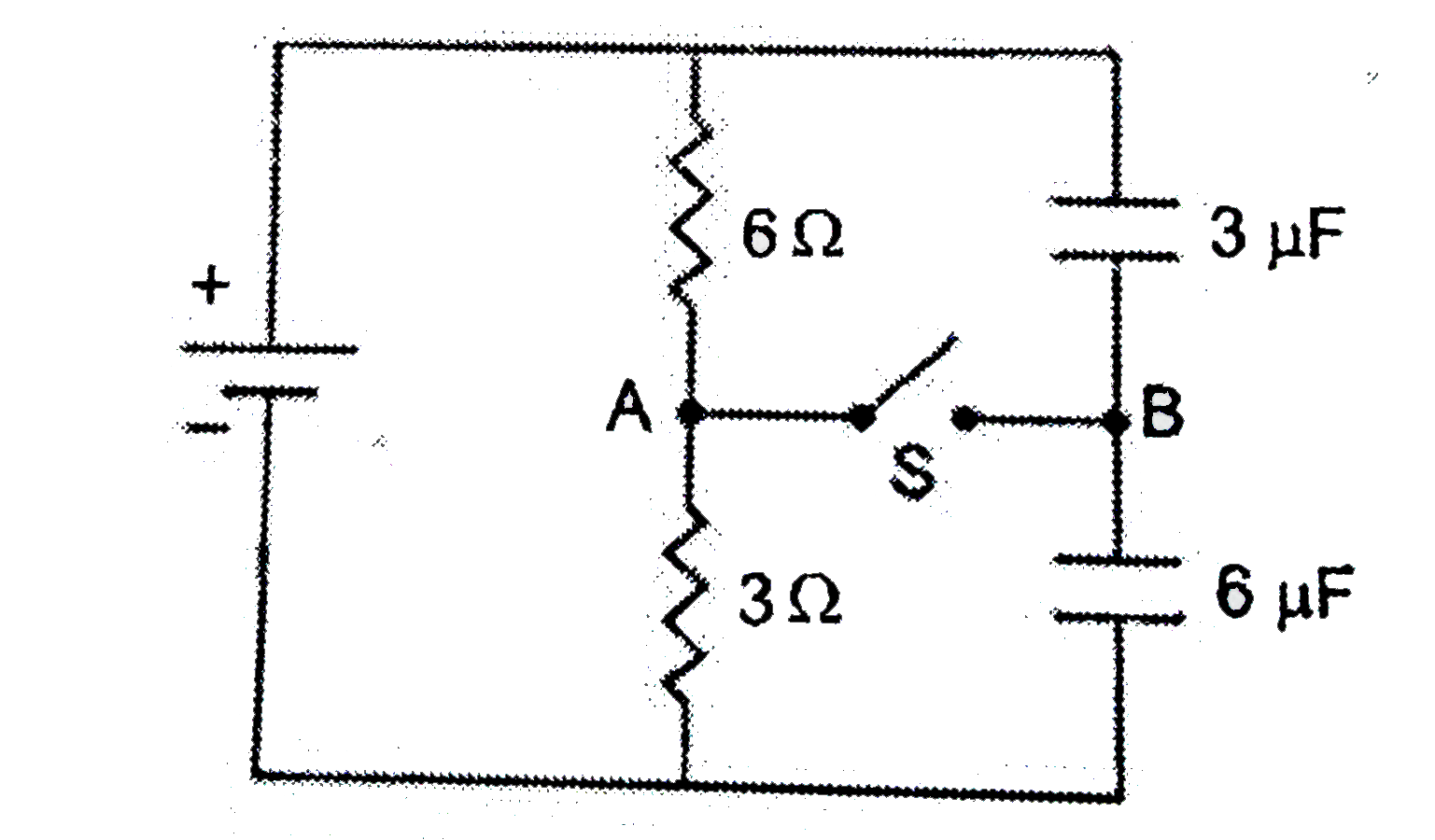In the previous question the angle ϕ is equal to
θ
tan−1[ηnθ]
tan−1[1etanθ]
(1+e)θ
The correct Answer is:C
Topper's Solved these Questions
- KINEMATICS, FORCESBOOK - D MUKHERJEECHAPTER - KINEMATICS, FORCESEXERCISE - Type 2
22 Videos
- KINEMATICS, FORCESBOOK - D MUKHERJEECHAPTER - KINEMATICS, FORCESEXERCISE - Revision Exercise
26 Videos
- IIT QUESTIONS 5BOOK - D MUKHERJEECHAPTER - IIT QUESTIONS 5EXERCISE - Matrix matching type
2 Videos
- MISCELLANEOUS QUESTION 1BOOK - D MUKHERJEECHAPTER - MISCELLANEOUS QUESTION 1EXERCISE - Miscellaneous Questions-1 (Straight-Objective Type)
54 Videos
Similar Questions
An observer moves with a constant speed along the line joining two stationary objects. He will obserbe that the two objects
View SolutionTake the z-axis as vertical and the xy plance as horizontal .A particle A is projected at 4√2 m/s at an angle of 45∘ to the horizotal , in the xz plane .Particle B is projected at 5 m/s at an angle θ=tan−1(4/3) to the y-axis , in th yz plance . which of the following is not correct for the velocity of B With respect to A?
View SolutionTwo transparent media of refractive indices μ1 and μ3 have a solid lens shaped transparent material of refractive index μ2 between them as shown in figures in Columns B. A ray traversing these media is also shown in the figures. In Column A different relationships between μ1,μ2 and μ3 are given. Match them to the ray diagrams shown in Columns B.

View Solution
In the circuit shown above, when then switch S is closed,
View SolutionIf phi(x)=a^(x), then [phi(p)]^(3) is equal to:
View SolutionIf phi(x)=phi'(x) and phi(1)=2, then phi(3) equals
View SolutionIn the previous question,
View SolutionIn the previous problem, if (phi) is the angle between line of emergence DE and normal DF at point D, ratio of (phi)//(theta) for positive value of (theta) will be
View SolutionIn the previous question,
View SolutionIn previous question, if both conductors carry equal currents in the same direction
View SolutionLet A={ϕ,{ϕ,{ϕ}},{ϕ,{ϕ},{ϕ,{ϕ}}}}, then total number of relations on A that are not function is equal to
View SolutionIn the previous question,
View Solutionक्या समुच्चय ϕ,{0},{ϕ} समान है ? यदि नहीं तो क्यों?
View SolutionIf θ+ϕ=π3 where θ and ϕ are positive angles, then the maximum value of tanθtanϕ is equal to
View SolutionIn previous question, the horizontal displacement (from the foot of the tower) of the ball is approximately equal to
View Solution

